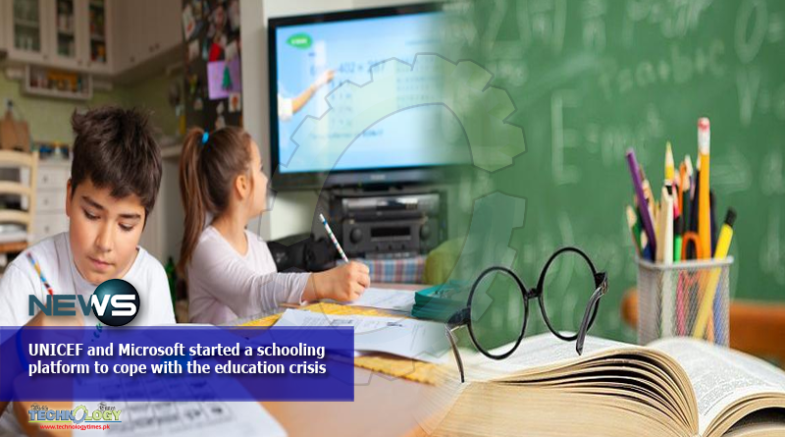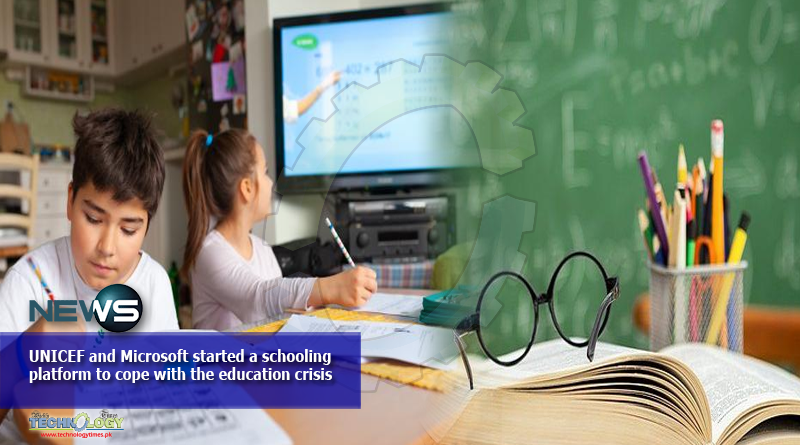UNICEF and Microsoft announced the expansion of a global learning platform to help children and youth affected by COVID-19 continue their education at home.

UNICEF, Microsoft, and the University of Cambridge and its departments designed to provide education for displaced and refugee children through a digital remote learning platform.
It has now undergone rapid expansion to facilitate a country-level curriculum for children and youth whose schools have been forced to close due to COVID-19. The platform will also provide key resources to teachers and educators.
From school closures to isolation, to a persistent sense of fear and anxiety, the effects of this pandemic are impacting childhoods worldwide,’ said UNICEF Executive Director. ‘We need to come together and explore every avenue to keep children learning and help them through this difficult time.
With long-term partners like Microsoft, we are able to swiftly deploy innovative, scalable solutions for children and youth. The adaptations made to the Learning Passport are a powerful reminder of what we can achieve together for children as the crisis deepens globally.’
According to the latest available data from UNESCO, 1.57 billion students have been affected by school closures in more than 190 countries worldwide.
The Learning Passport, which has been in development for the past 18 months, was due to start as a pilot program this year. When the global pandemic hit and schools were closed worldwide, the program underwent a rapid expansion of its reach.
The content available to schoolchildren includes online books, videos, and additional support for parents of children with learning disabilities.
Just as COVID-19’s impact has no borders, its solutions must not have borders, as it requires collaboration across public and private sectors to ensure every student stays engaged and continues learning.’ UNICEF’s Learning Passport is uniquely positioned as a scalable learning solution to bridge the digital learning gap for millions of students to bring their classroom into their homes during the pandemic.’
The platform for each country provides a digitized curriculum with textbooks and a selection of supplemental content, in national languages, that is jointly curated at the country-level to best serve learners’ and educators’ specific needs.
The Learning Passport captures a record of the curriculum subjects each student learns and guides learners with little additional support needed.
